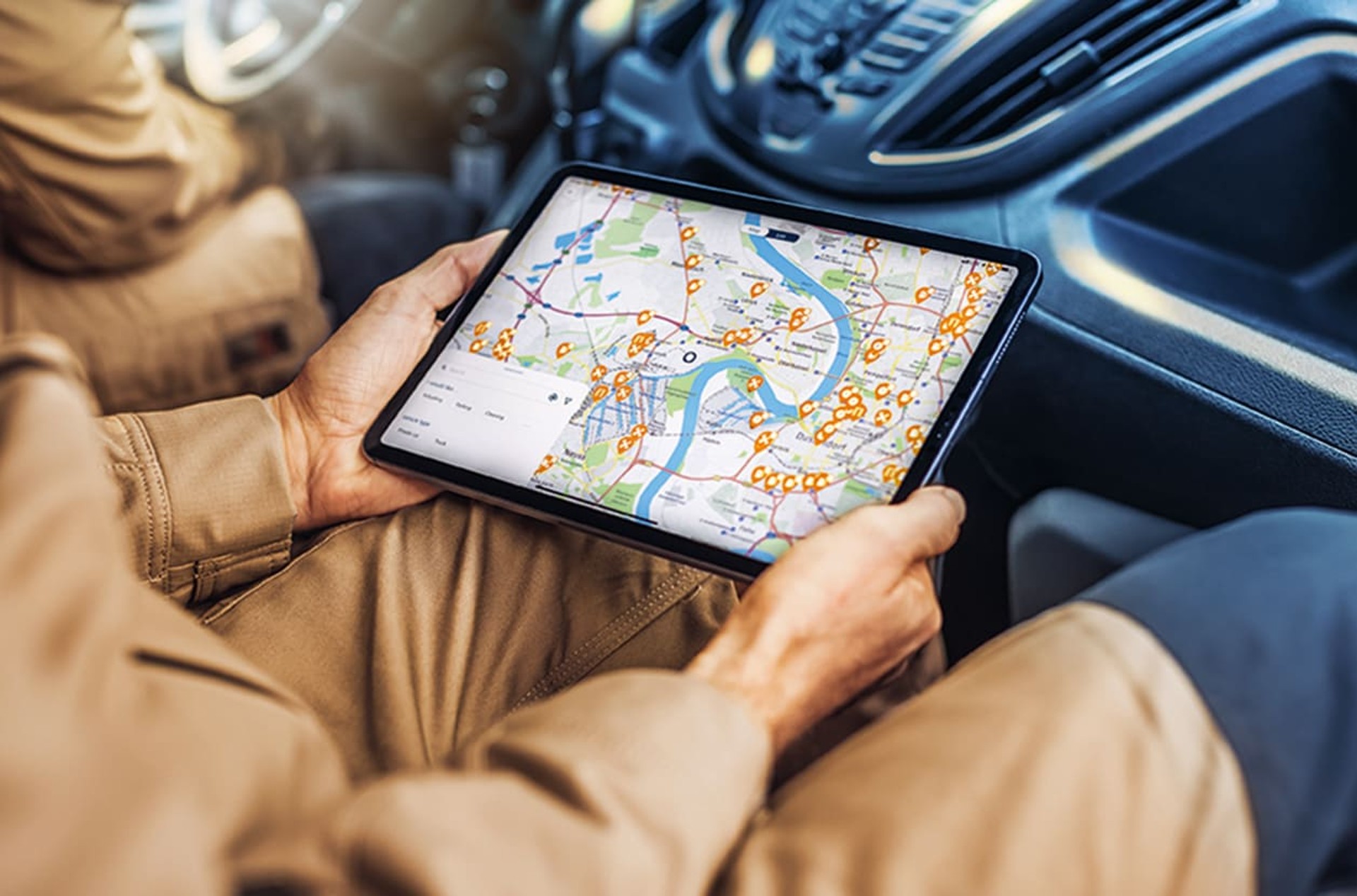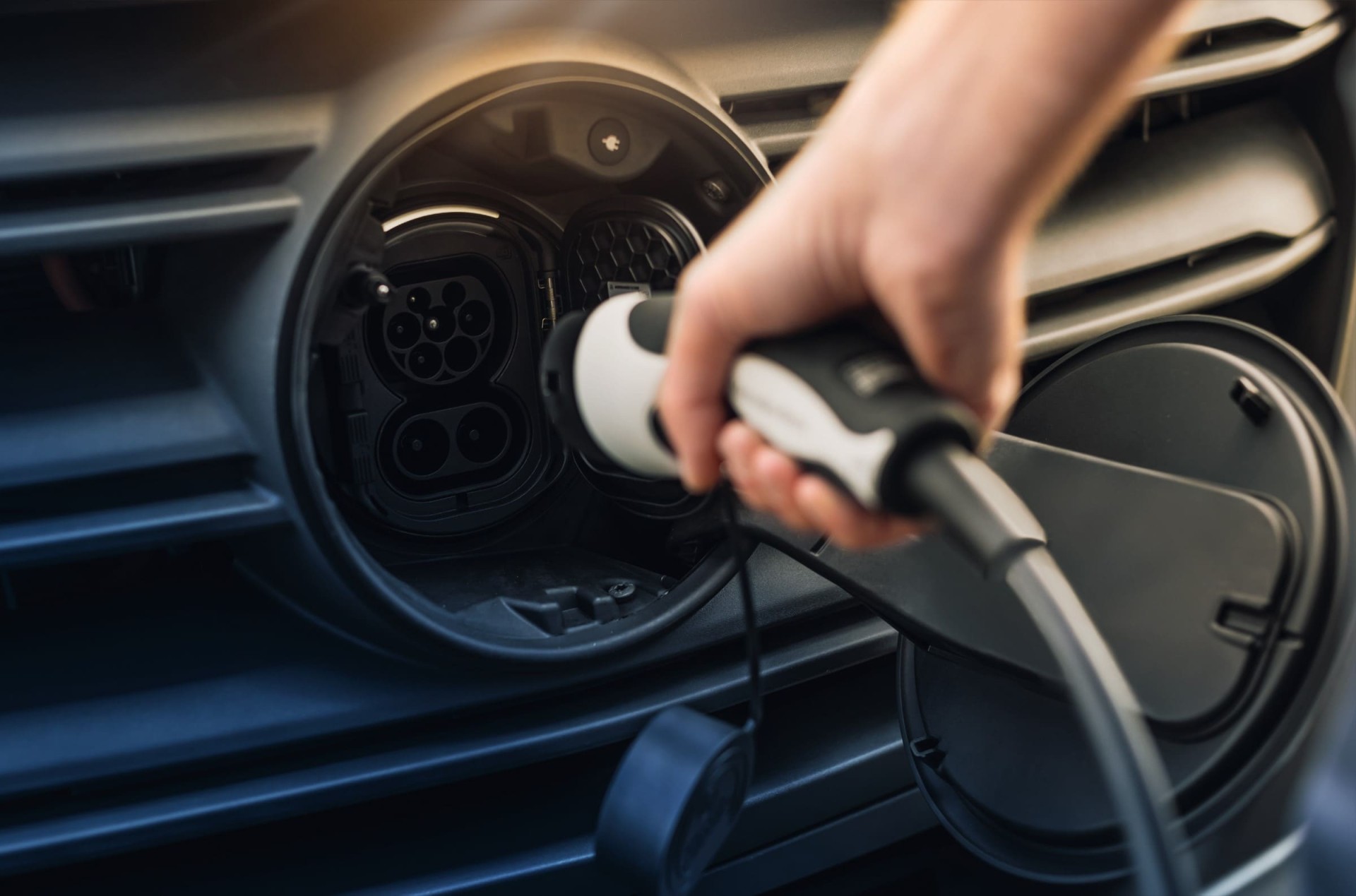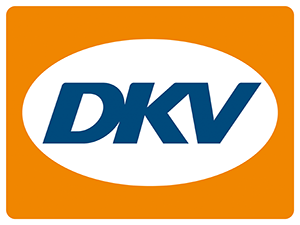On the verge of changes

More and more considerations are heard in the public space, that the transport sector is on the verge of one of the most important changes in history. The transition to alternative energy sources and digitization of the most important services is already noticeably changing the life of one of the largest types of business.
Mobility services will not be left behind either: gone are the days when fuel card suppliers simply handed out a piece of plastic so that its owner could pay for fuel. The services offered are rapidly moving into the digital space and becoming more accessible: as the electrification of vehicles gains momentum, they include an ever-increasing range of products.
“Both filling the fuel tank and charging the electric battery can already be done using one app. Such solutions are important for managers of mixed fleets, and they are rapidly increasing in Europe.
But service providers don’t stop there. For example, our customers can use the data tool DKV Analytics, which allows them to clearly see the refueling or charging processes of the entire fleet, toll bills, information on the use of repair shops, and even the calculation of CO2 emissions in one user-oriented portal,” Artūras Michejenko, DKV Mobility Sales Unit Leader Baltics.
A rapidly growing need
According to Michejenko, service efficiency and transparency are among the most important criteria for fleet managers, and the possibilities of the digital space allow meeting them better than ever. The new platforms adapt even to the needs of companies using older products - for example, they provide an opportunity to export selected data to a single file of an acceptable format or support simple integrations with other systems.
Another important moment and one of the biggest challenges for current managers is the electrification of car parks and the changes related to it. According to the specialist, the demand for electric battery charging services is growing extremely fast, and in Europe alone, hundreds of new charging points appear every day, which need to be included in the global supply networks.

“Imagine if there were not a single gas station in Europe, but the need for them would already increase noticeably, the number of customers would grow relentlessly, and everyone would understand that this area would expand at a huge pace. Then every insightful business would jump into this segment and start building new gas stations, competitive processes would start, and various additional services would appear.
Something similar is now happening with the development of charging points for electric vehicles. Only gas stations have survived such a development process for more than half a century, and for the electric transport infrastructure, ten times shorter term may be enough for this,” observes Arturas Michejenko.
The faster development of the electrical infrastructure and its better adaptation to the needs of consumers is partly determined by the possibilities of modern technologies. Along with the classic plastic payment cards, there is a fast development of digital solutions and smart devices are becoming more and more popular.
Service providers already offer options to pay for any type of powertrain topping up with energy resources through a single mobile app. And it's not limited to that.
For example, using the DKV Mobility app, it is possible not only to manage the replenishment of tanks or batteries of mixed fleet vehicles but also to smartly plan the route - the system itself calculates the optimal travel route with stops for fuel or electricity. And the company's digital payment solution APP&GO, used by drivers, allows them to pay for fuel simply at the pump and avoid queuing at the fuel station.
A long-haul truck can hold up to 1,000 liters of diesel in its fuel tanks, so you can save a significant amount even in one fill-up, knowing where it is more profitable to do so. And profit involves too many constantly changing factors to make a simple decision.
These include fluctuations in exchange rates, fuel prices at gas stations, and various discounts or nuances of VAT recovery. Therefore, software that selects the best fuel or energy replenishing locations directly reduces business costs and induces progress for all market participants.
That’s why the German Design Council gave the DKV Analytics digital tool an award for innovation in business-to-business (B2B) solutions and contribution to better cost control and transparency for truck and fleet customers.
The catalyst for development is communication technologies
Energy suppliers also offer to choose only electricity produced from renewable sources. This opportunity is particularly important for carriers whose customers' sustainability strategies include the important role of transport in reducing the CO2 footprint throughout the whole supply chain.
The development of infrastructure and software solutions is noticeably accelerated by alliances of market players. For example, to accelerate the growth of digital charging technologies and products, British Petroleum has entered into strategic partnerships with the Volkswagen Group, as well as with BMW and Daimler Mobility. In addition, this company is also running a pilot project related to supplying power to electric trucks.

Improved communication devices, according to Arturas Michejenko, have become an essential catalyst for the development of technologies in the transport sector. One of the simpler examples is the evolution of road toll collection.
At first, electronic highway gates improved and required less and less human intervention. Now, more and more states are already moving to geostationary positioning technologies, which can simply track the location of each vehicle once its owner registers it in the required system.
This avoids formed traffic jams at the gates and increased pollution related to them. In addition, this technology is again easily linked with many other digital solutions in the virtual space and integrated into mobile apps. It is expected that for example Lithuania should also switch to such a system from 2023.
Brave ideas
And what's next? Forecasting is never easy, but we can take a look at one initiative in Switzerland. Last winter, the parliament of this country approved the legal basis that allows the transportation of goods underground on the territory of the state.
Therefore, the country is now aiming to create an autonomous underground cargo transportation system that would not load the surface roads.
The idea may sound crazy, but some of the technology we use today also seemed futuristic 20 years ago.
